Germany
The boundaries of the German State have undergone tremendous change since the end of the Holy Roman Empire.
To paraphrase Voltaire: The agglomeration, the German State is neither holy, roman or an Empire. (Voltaire 2010). In 1776 the German State consisted of over 300 States (State 2023). The map below shows Germany circa 1500 and the many different states that comprised the Holy Roman Empire. Within the Holy Roman Empire, two States would become dominant in the late 18th century, the Kingdom of Austria and the Kingdom of Prussia. (State 2023). The Kingdom of Austria ruled by the Hasburgs was traditionally the dominant power in the Holy Roman Empire, the Kingdom of Prussia grew in power and influence in the late 1700s and became a power playing within the Empire.
IEG-Maps, Institute of European History, Mainz / © A. Kunz, 2007Cartographer: Joachim Robert Moeschl
Napoleon swept through the continent in the early 1800s, and in 1806 the Holy Roman Empire dissolved, the Congress of Vienna in 1814-15 established much of what we know as Modern Europe. What is now known as Germany existed as 39 states combined in a German Confederation.
author: ziegelbrennerDebates over how Germany would be eventually combined included debates on whether Austria would be a part of any new German State, as you can see from the above map Austria (Kaiserreich Osterreich) controlled a large territory in what would become Germany but more importantly the Austrian Empire contained over 15 minority groups and many felt the political needs of the Austrian Empire would differ than the rest of the States of the Confederation. (State 2023) Revolution came to Germany in 1848 but the greatest change would come when Otto Van Bismarck the Chancellor of Prussia through a series of wars and sharp diplomacy, created the North German Confederation which united with Western German States after the Franco Prussia War and formed the German Empire
By permission of Oxford University Press, www.oup.com.
This combined entity along with the Austria-Hungarian empire contested the first World War against the Allied Powers
© German Historical Institute, Washington, DC / James Retallack, 2007.
Cartography by Mapping Solutions, Alaska.
Hitler led the next expansion of Germany in the 1930s
Cartography by Mapping Solutions, Alaska.Source: Map 1, "Territorial Changes, 1935-1939," in Germany and the Second World War, edited by the Research Institute for Military History, Freiburg im Breisgau, Germany. Volume I, The Build-up of German Aggression, by Wilhelm Deist, Manfred Messerschmidt, Hans-Erich Volkmann, and Wolfram Wette. Clarendon Press: Oxford, 1990.
Hitlers defeat caused the partitioning of Germany between an East and West, with the Soviets gaining control of the East.
IEG-Maps, Institute of European History, Mainz / © A. Kunz, 2005Germany was now two States the East and the West. T.he East is below and the West will follow subsequently
The westIEG-Maps, Institute of European History, Mainz / © A. Kunz, 2005
The fall of the Soviet Union finally brought Germany back to its current State as both the the East and West unified.
Voltaire. (2010). Essai Sur L’Histoire Generale Et Sur Les Moeurs Et L’Esprit Des Nations, Depuis Charlemagne Jusqu’a Nous Jours. Ebookslib.
Unification of German states - countries - office of the historian. (n.d.). State.gov. Retrieved April 17, 2023, from https://history.state.gov/countries/issues/german-unification


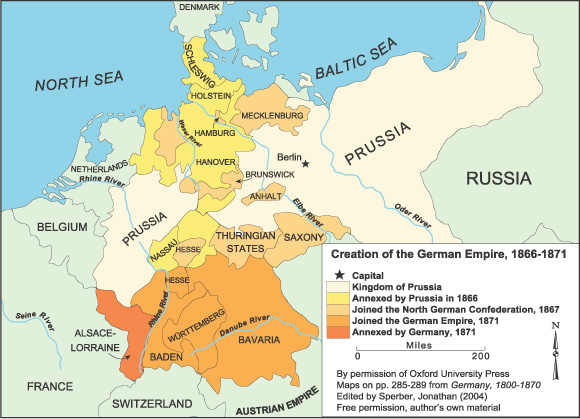
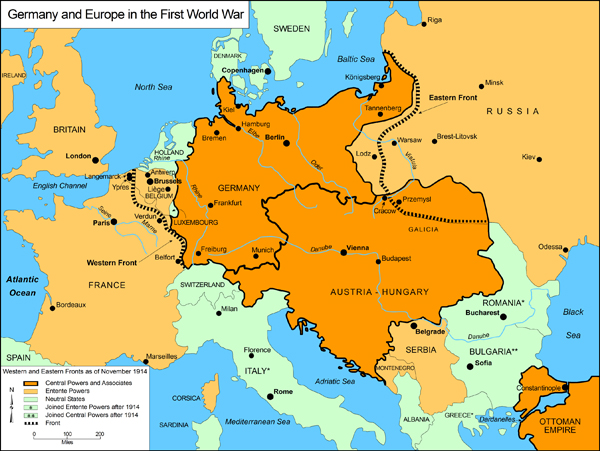
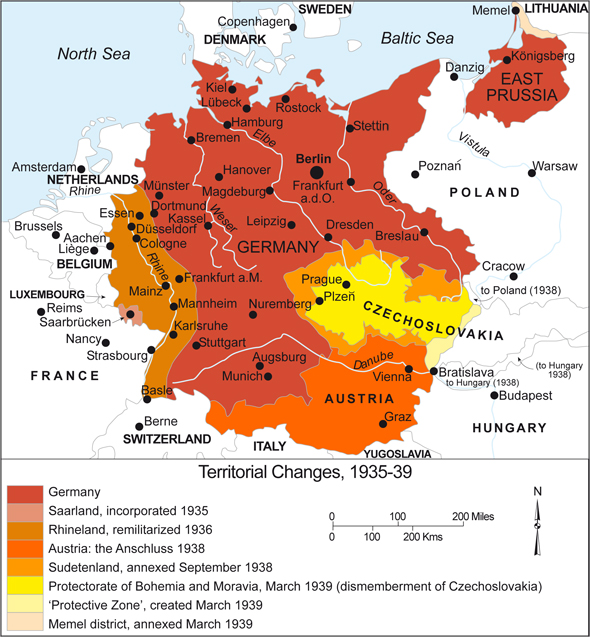
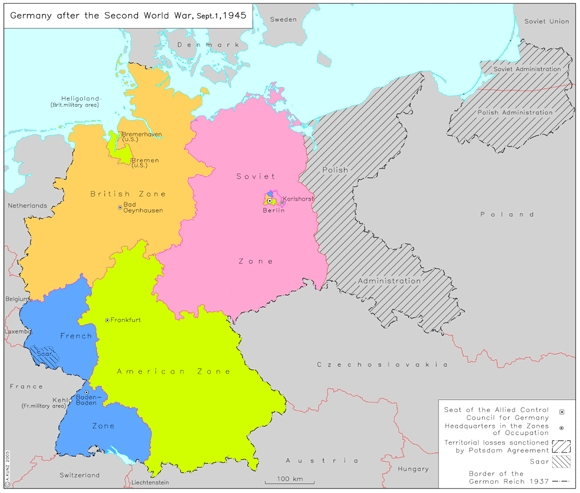

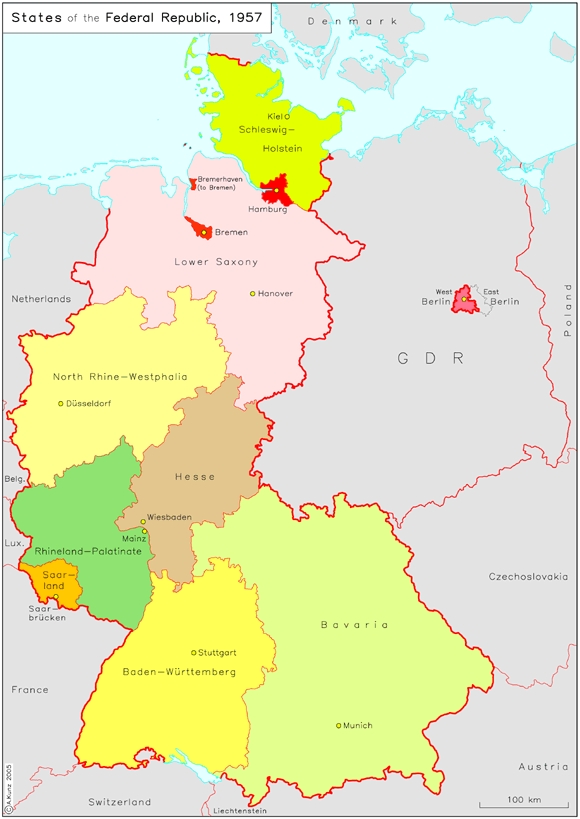
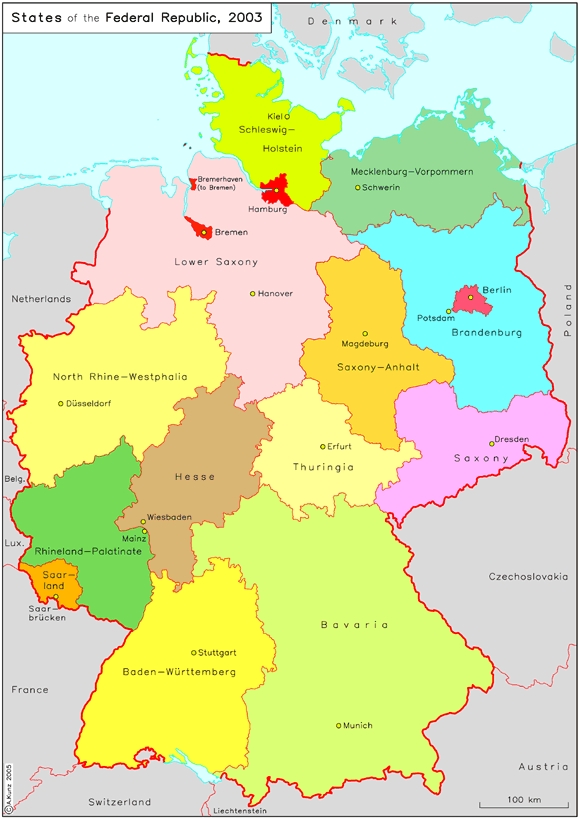

Comments
Post a Comment